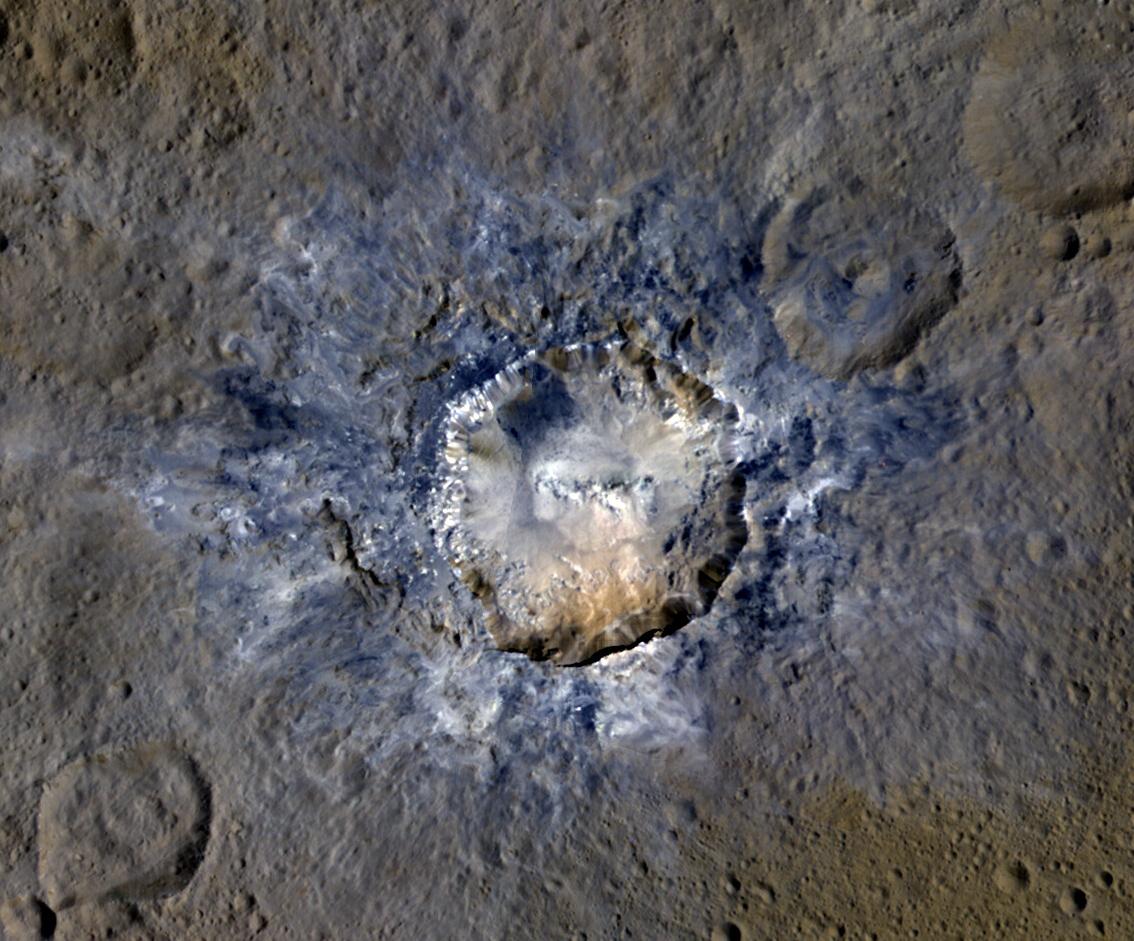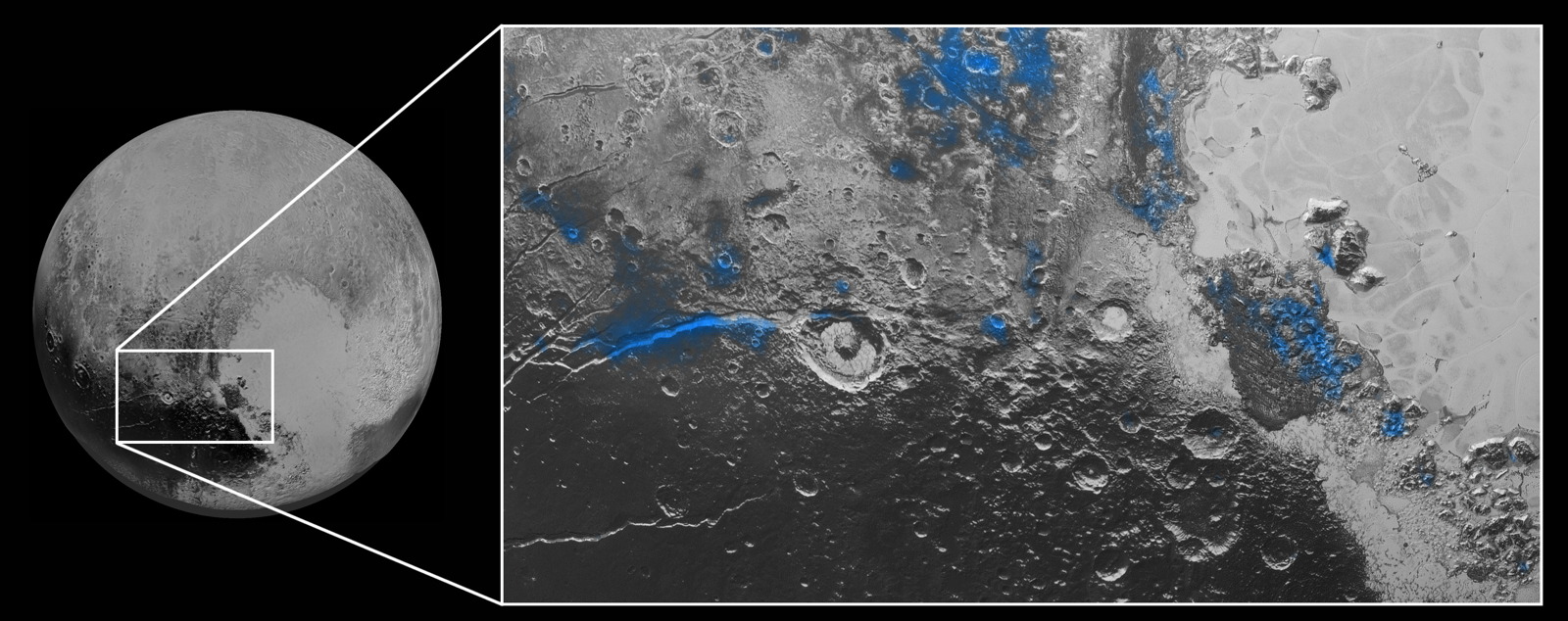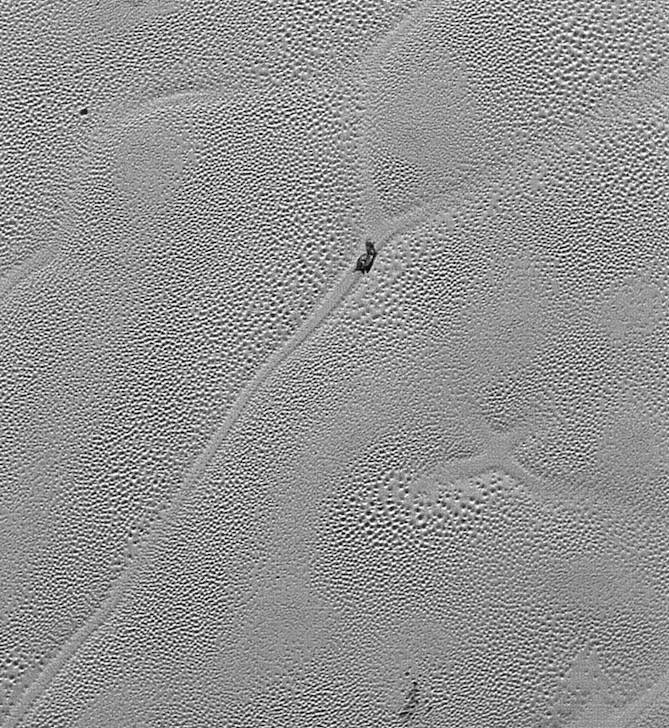Dwarf Planets
Latest about Dwarf Planets
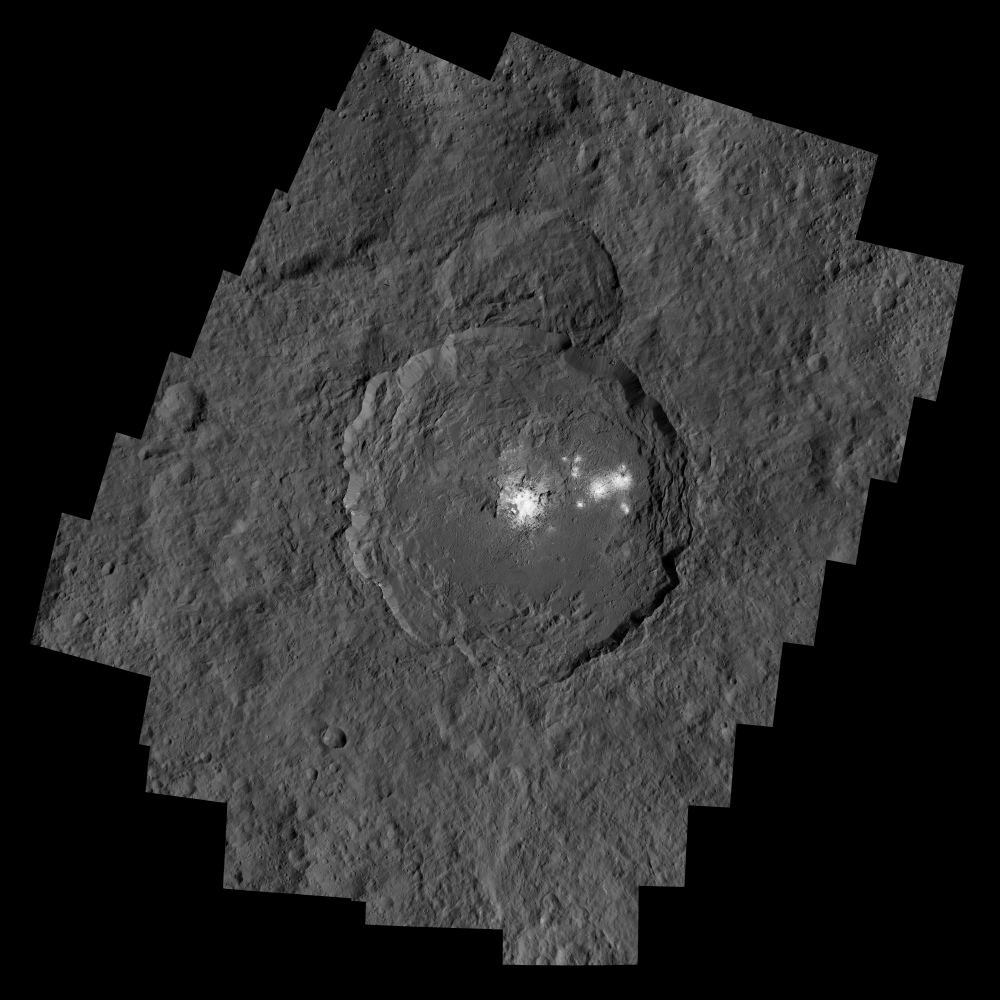
Photos: The Changing Bright Spots of Dwarf Planet Ceres
By Space.com Staff published
NASA's Dawn spacecraft recently saw the mysterious bright spots on dwarf planet Ceres in the highest resolution photos yet. See changes in Ceres' bright spots in this gallery of new images.
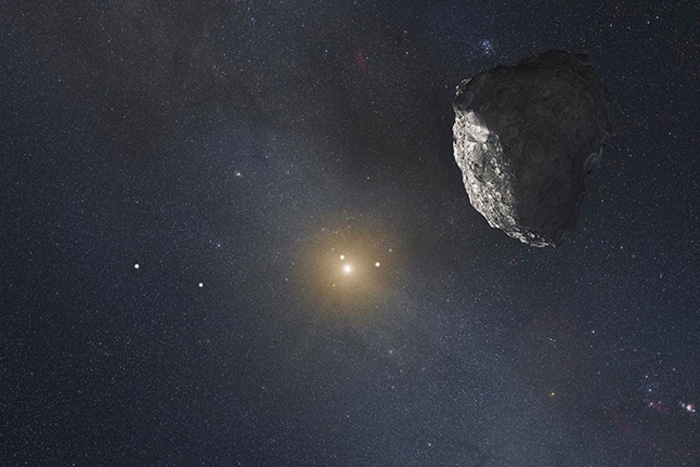
Could 'Planet X' Cause Comet Catastrophes on Earth?
By Ian O'Neill published
As astronomers track down more clues as to the existence of a large world orbiting the sun in the outer fringes of the solar system, a classic planetary purveyor of doom has been resurrected.

Ceres' Puzzling Bright Spots, Giant Mountain Feature in New Close-Up Photos
By Nola Taylor Tillman published
Newly released images captured by NASA's Dawn spacecraft reveal a close-up look at Ceres' odd bright spots and giant mountain, and hint at the existence of ice sheets at the dwarf planet's poles.
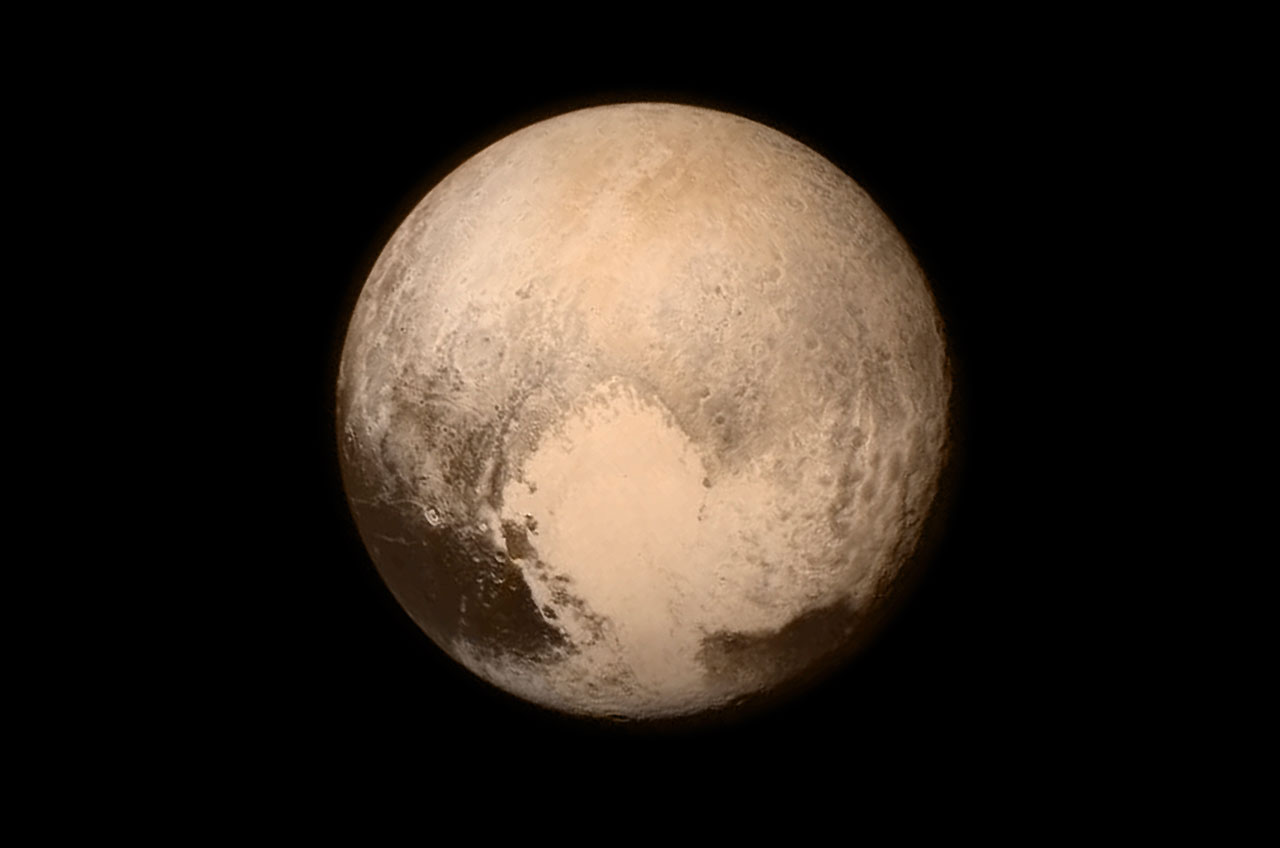
How Big Is Pluto?
By Nola Taylor Tillman published
New Horizons found that the dwarf planet is bigger than previously thought, but Pluto is still tiny — about two-thirds as big as Earth's moon.
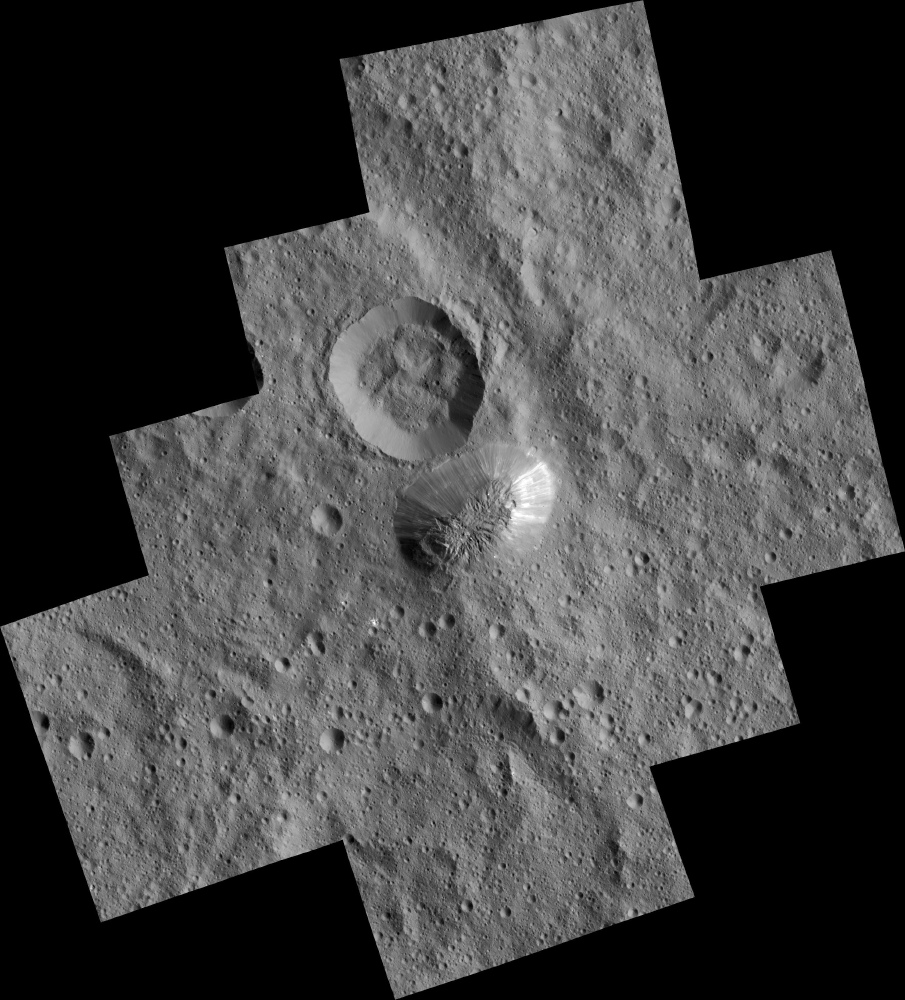
One Year at Ceres: NASA Probe Hits Milestone at a Dwarf Planet
By Mike Wall published
NASA's Dawn probe arrived at Ceres — the largest object in the main asteroid belt between Mars and Jupiter — on March 6, 2015, and has been mapping the dwarf planet in detail ever since.
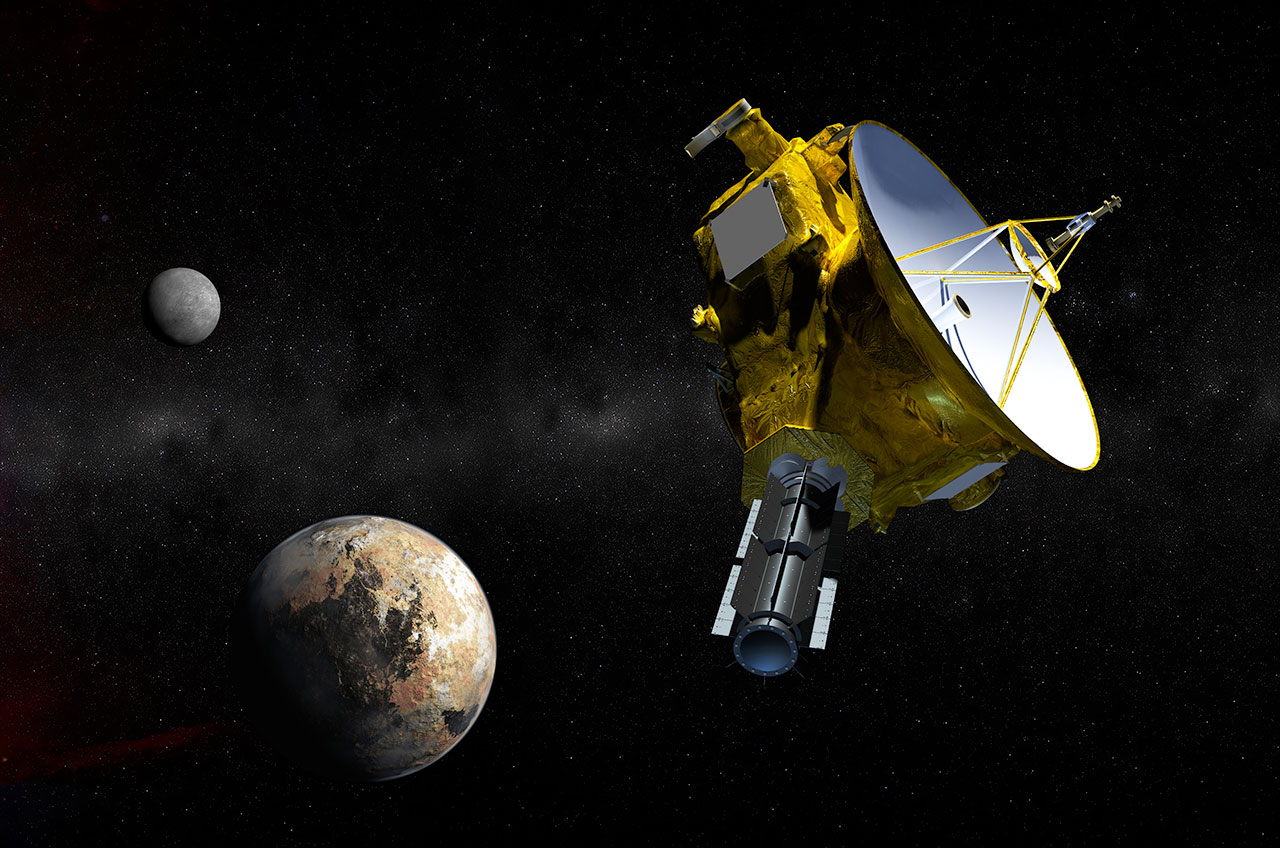
How Far Away is Pluto?
By Nola Taylor Tillman published
The distance to Pluto changes because of the dwarf planet's odd orbit.
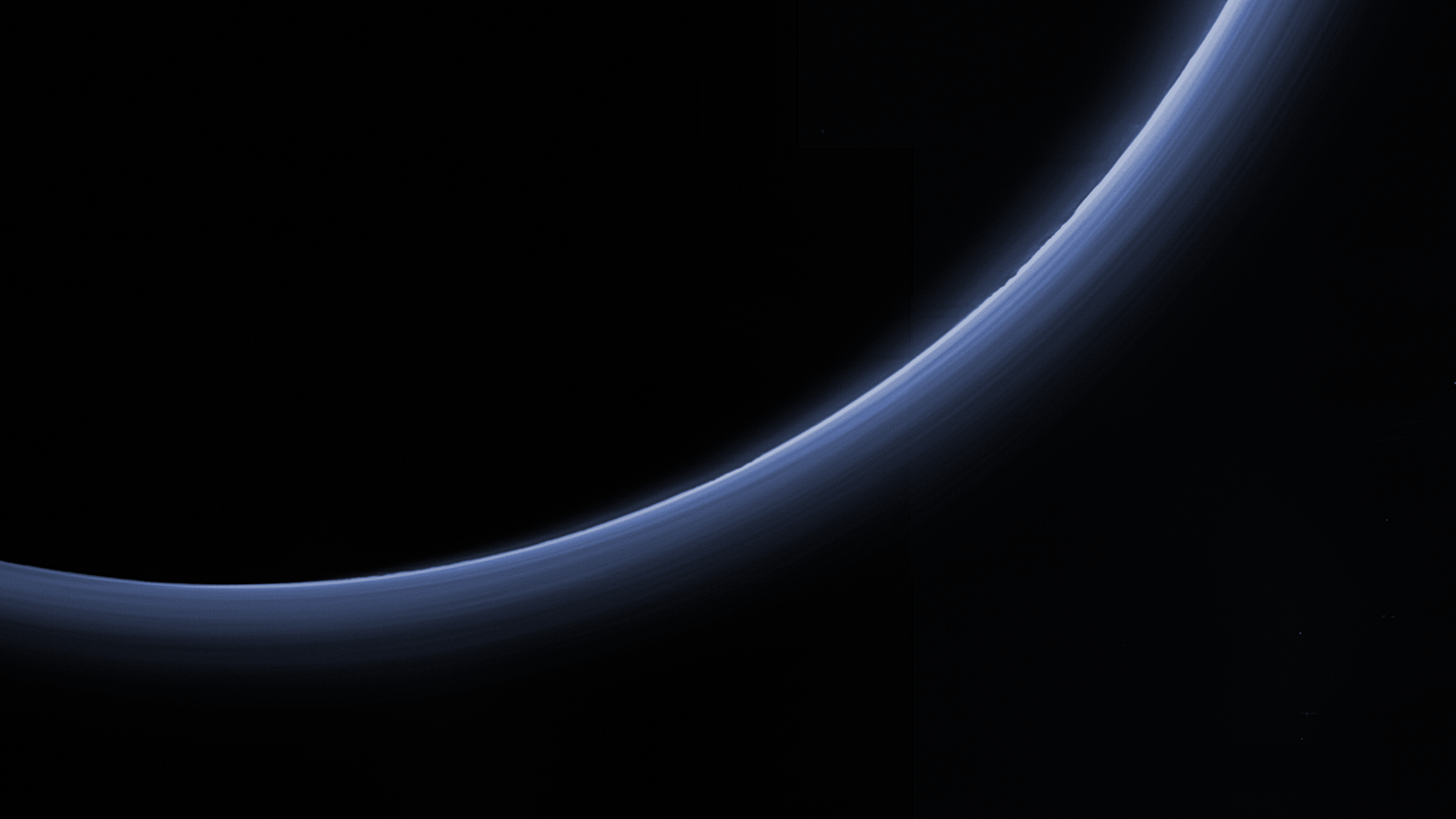
Does Pluto Have an Atmosphere?
By Nola Taylor Tillman published
Yes. Pluto's atmosphere is mostly nitrogen with smaller amounts of carbon monoxide and methane.
Get the Space.com Newsletter
Breaking space news, the latest updates on rocket launches, skywatching events and more!
